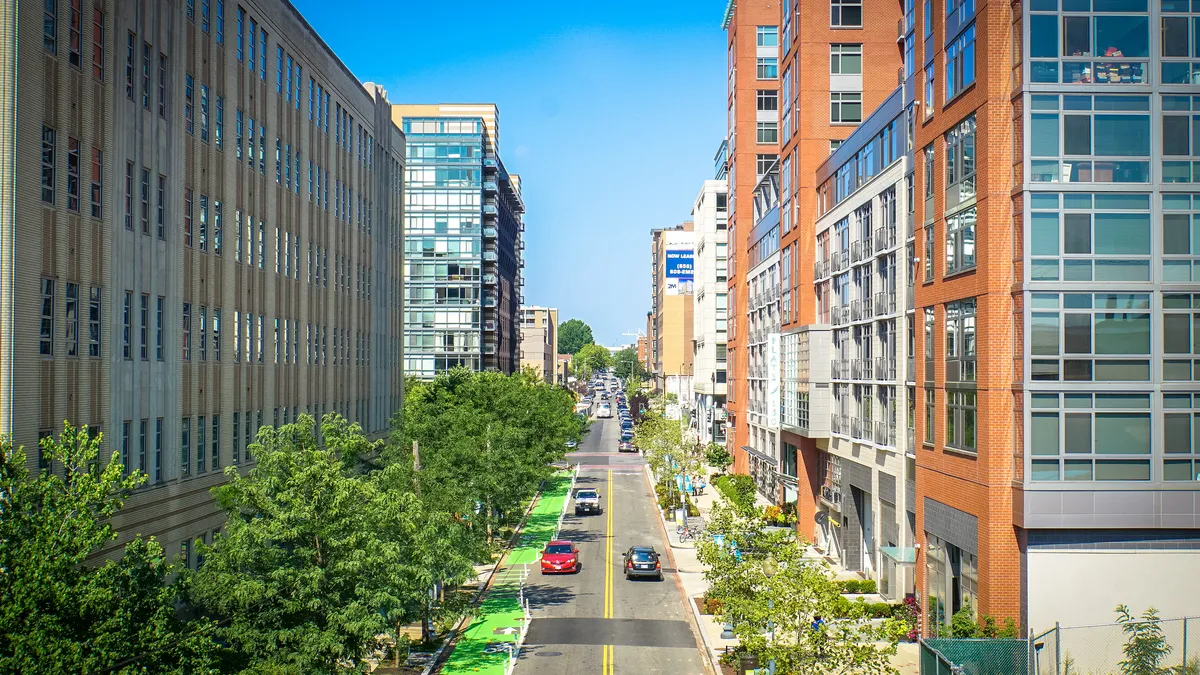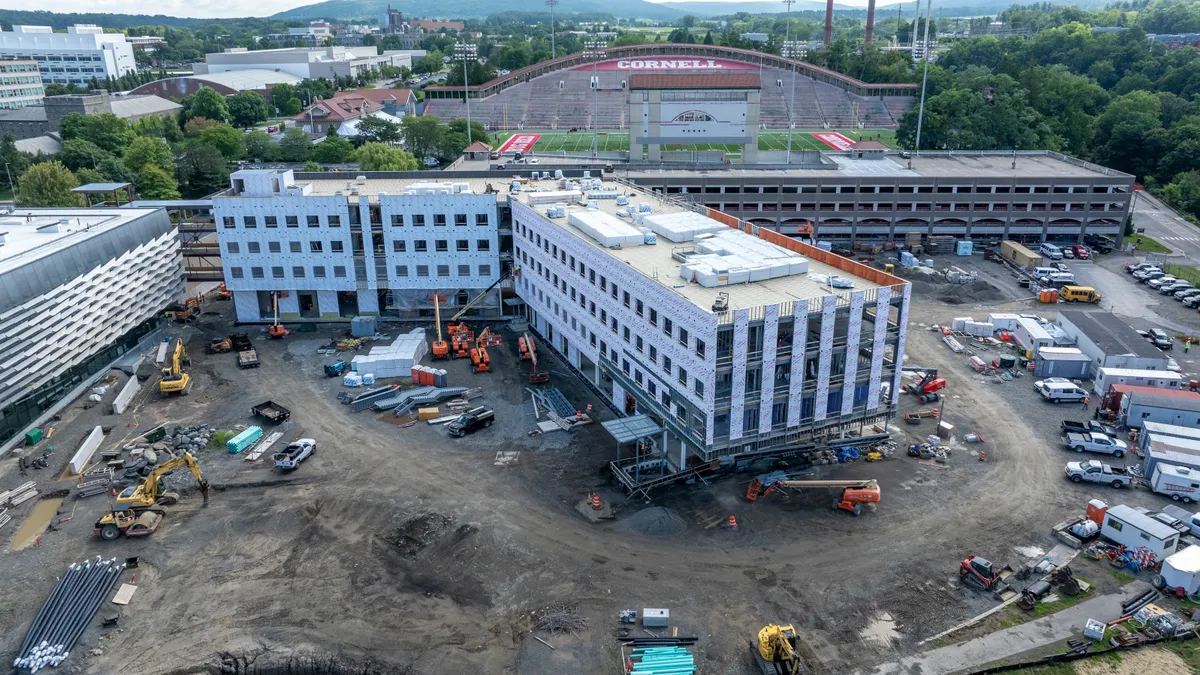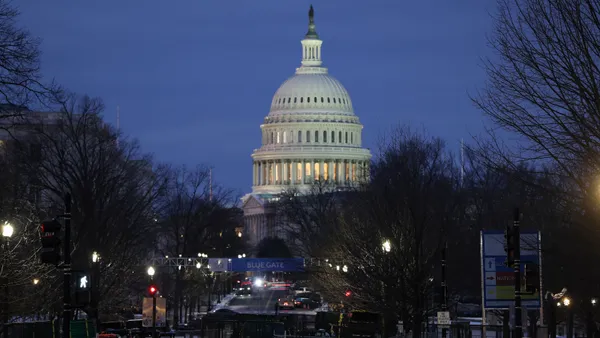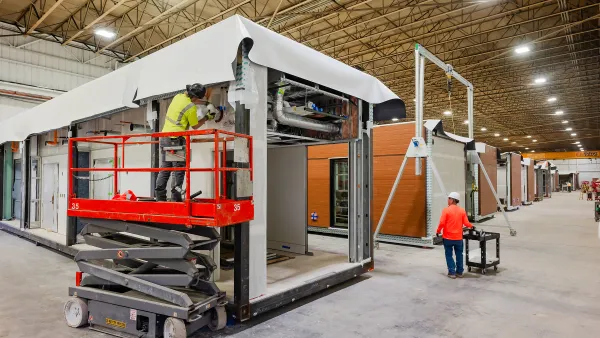Dive Brief:
- Commercial construction in the Washington, DC metro area shot up 69% between 2015 and 2016, signaling a rebound for the sector after a drop-off in 2015, according to the Metropolitan Washington Council of Governments (COG).
- In its 2016 Commercial Construction Indicators Report, COG found the area added 160 new buildings and 12 million square feet of new commercial space, which is 5 million more than was built in 2015. Industrial space represented the largest share of new commercial construction at 33%, followed by office (20%), hospitality (19%) and retail (13%).
- In a regional analysis, COG reported that commercial construction in DC increased 63% (2.3 million square feet) from 2015. Suburban Maryland saw a 157% increase (4.4 million square feet), and commercial building in Northern Virginia rose 37% (5.7 million square feet).
Dive Insight:
The amount of new space added in 2016 marked the highest level in seven years. However, office and retail construction — indicators of job growth — were still relatively low.
Last year, COG reported that commercial construction had plunged 31% in 2015 and blamed the reduction in activity on falling demand for office space. In 2015, office vacancy levels in the area were almost 15%, the highest in 20 years, but the COG noted that some developers were still building office space, betting on an eventual resurgence in the market. The COG said flat job growth and a decrease in federal contracting levels were drivers of the downturn in 2015.
Despite the industrial segment's position as star of this year's COG report, the group reported that the $1.4 billion MGM National Harbor Casino was the biggest single project in the area. The complex opened in December of last year and was a boon for the area, as it used 50% local workers, exceeding the project's established hiring goals by 10%. The casino and hotel are expected to spend $60 million to $80 million a year on operational costs, and developers said they will continue to boost the local economy by directing 20% of that outlay to local, minority suppliers.













